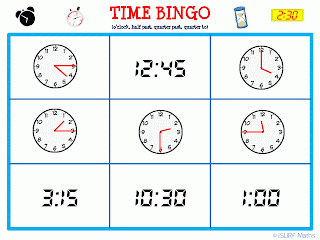Delightful Data is a unit
of work based on collecting and graphing information – suitable for students in
Year (Grade) 1 & 2. It follows the process of; formulating questions,
selecting relevant categories, data collection, representation and
self-evaluation.
Delightful Data allows
teachers to:
·
follow the planner
day by day, using the lessons in a sequential manner, or
·
select and set
specific tasks for students, or
·
students can choose
their own tasks.
Depending on student’s
prior knowledge, some tasks will require higher levels of student support and
scaffolding than others. Once student’s prior knowledge has been established,
individual goals can be set.
Read through the planner
carefully to ensure all necessary worksheets/equipment will be available to
students as needed. Tasks included in this unit are:
q Lolly (or alternative) Graph
q ‘I’ve got a question…. what
could the answer be?’ (Teacher modelling poster + student worksheet)
q Collecting data (Yr 1)
q Tallying data (Yr 2)
q Tally Marks poster - enlarge to A3, laminate and display for
student reference
q Making A Picture Graph
q My Picture Graph
q Make Your Own Graph
q Data Three Ways (Yr 2)
As an extension – students collect graphs, tables and list from newspapers and
magazines. They then examine the contents of each graph and compare their
features/usefulness.
We look forward to hearing about your data collection adventures!



















